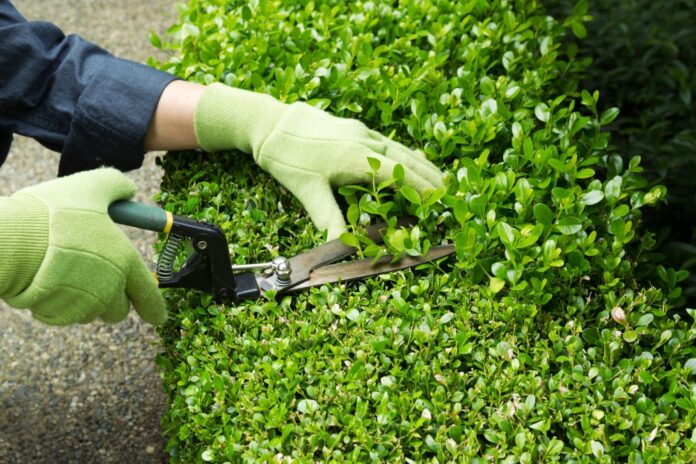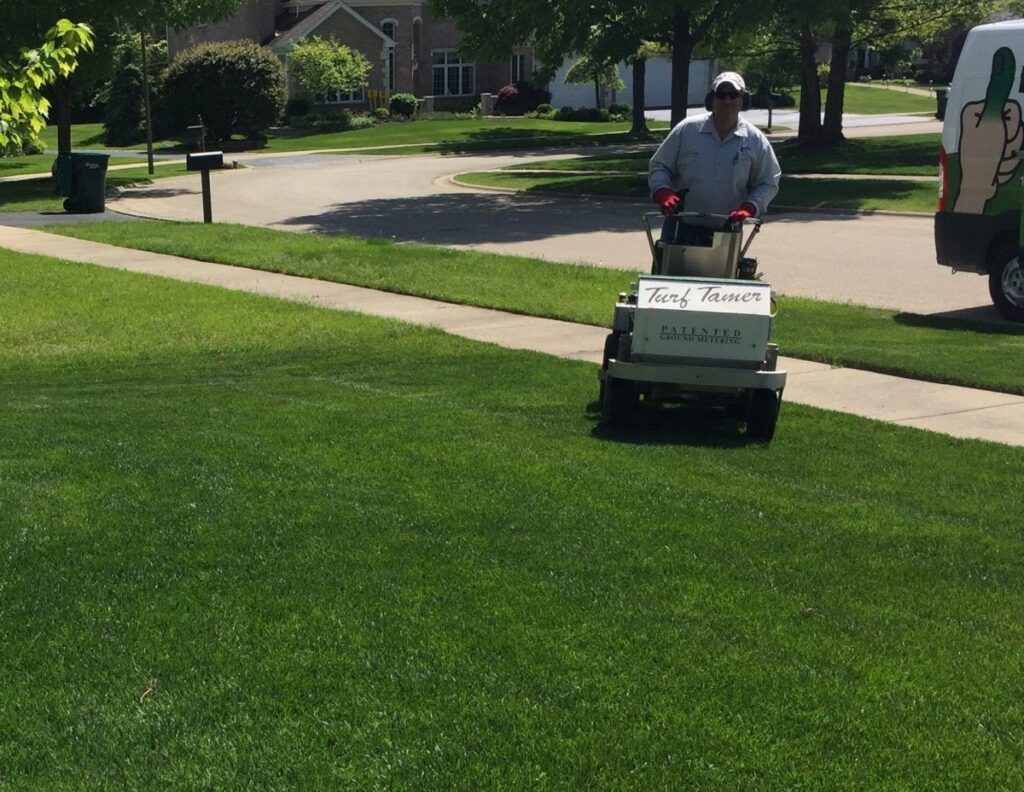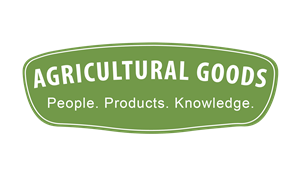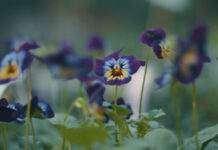
The key to successful gardening is not just proper planting and regular watering. A beautiful garden is based on planning and regularity.
You’d be surprised, but time management and resource management techniques are irreplaceable here. We’ve taken tips from essayshark.com writing services and are ready to share them with you to make your journal writing even better.
What does a gardening journal include?
Planting plan

You need a planting scheme not only at the planning stage. It will come in handy later on.
At the initial stage, the scheme allows you to distribute the various plants on the site rationally, taking into account their needs and compatibility. In subsequent years, it will help to adjust the landscape, track the age of plants, and have at hand a catalog of varieties.
For example, in winter, when you take up planning for the next season, it is difficult to assess plantings on the ground. And the chart makes everything clear.
It will also come in handy when planning work, if, say, you need to run a new cable or lay additional drainage. A planting scheme will allow you to do this with minimal sacrifice.
Specification of species and varieties

A detailed list of your garden’s inhabitants is more than just accounting. The combination of diverse conditions makes each landscape unique.
Therefore, in addition to studying the techniques described in books and online, it is useful to conduct your own research. Observation diaries that record everything from weather conditions to crop size come in handy. After several years, it will be possible to draw conclusions on their basis, to adjust the care, the timing of planting and harvesting of fruits.
The specification of plants allows you to keep a diary of observations of their condition. For each species or specimen (for trees, shrubs .and large perennials), it collects data on how the plant endured the winter, the timing of flowering and fruiting, fertilization and plant reaction to them, irrigation mode, diseases, pests, methods of controlling them and the effectiveness of various means. It is useful to accumulate information about the weather separately or in the same table.
Other observations
In addition to information on plant condition, it is useful to keep generalized records on each area of care: feeding, pruning, mulching, disease prevention, and collect data on the condition of soils. There are many methods of prevention, pest control, and plant nutrition.
They are usually associated with the exact dosage and composition of chemicals, certain schemes, and the timing of their application. And they can be different for each plant. It is unrealistic to keep it all in your head, especially in the course of several years. Tables, on the other hand, allow you to save this data.
For a more extensive and accurate analysis, the different techniques can be tested in parallel. Test beds, in which the same species are exposed to different influences, are helpful in this regard.
Due to the fact that testing is carried out simultaneously and on a limited area, differences in weather and soil factors are neutralized. It is possible to draw fairly accurate conclusions about effectiveness on the basis of such testing and to choose methods of care based on them in the future.
Such information will be useful not only for analytics but also will facilitate further planning of these measures. A significant part of records in your personal gardening diary will be devoted to planning.
Planning work

We can plan a number of fixed events and procedures with a high degree of precision.
However, for trees and flowers, for beds and the vegetable garden, for different areas of the garden, these processes are very different.
We can see their combination and overlap clearly on paper. For this reason, it is convenient to use planners that present information in different approaches — by weeks and months. Electronic planners, such as google-calendar, provide wide-ranging possibilities.
Sowing, stratification, and seedling planting schedules
It is helpful to compile a planting calendar to avoid confusion about which species you will plant directly in the ground and which you will grow as seedlings, and to determine when to plant the seeds.
This will list the species planned for planting this year. For each plant, note the method of planting: seeds in the ground, self-grown or bought seedlings, bulbs, rootstocks, or seedlings. For clarity, you can highlight them in different colors.
The pruning schedule

Pruning is not so simple either. Most spring-flowering species are cut after flowering, while summer-flowering species are cut in spring or late fall. Cutting hedges is a separate issue.
Low hedges in general are cut several times a season. It is better not to touch young plants in the first couple of years. It helps not to be confused when to take up the scissors to use the summary chart. You can see the total amount of work for each period so you can estimate how much time you will need for these procedures.
Taking care of a lawn
A lawn has its schedule of maintenance. In addition to regular mowing, it includes reseeding, weeding, aerating, shoveling, pricking, and fertilizing. It is worth allocating these procedures to an individual schedule before fitting them into the packed schedule.
And, by the way, if there is a pond on the site, it also needs its plan of works. However, any garden area, the care of which has pronounced differences, deserves its separate schedule.
Fertilization schedule

A combined fertilization schedule is also very helpful. Different species require different formulations and at different times. To avoid getting confused by all this chemistry and to combine uniform procedures if possible, you need a combined fertilizing schedule. Preventive spraying against diseases should also be included here. Some formulations that protect against disease, such as copper sulfate, also act as foliar feedings.
As in any project, planning and analytics are necessary for gardening. It is impossible to keep a lot of processes and data in your head. This is where paper and electronic assistants come in handy.






